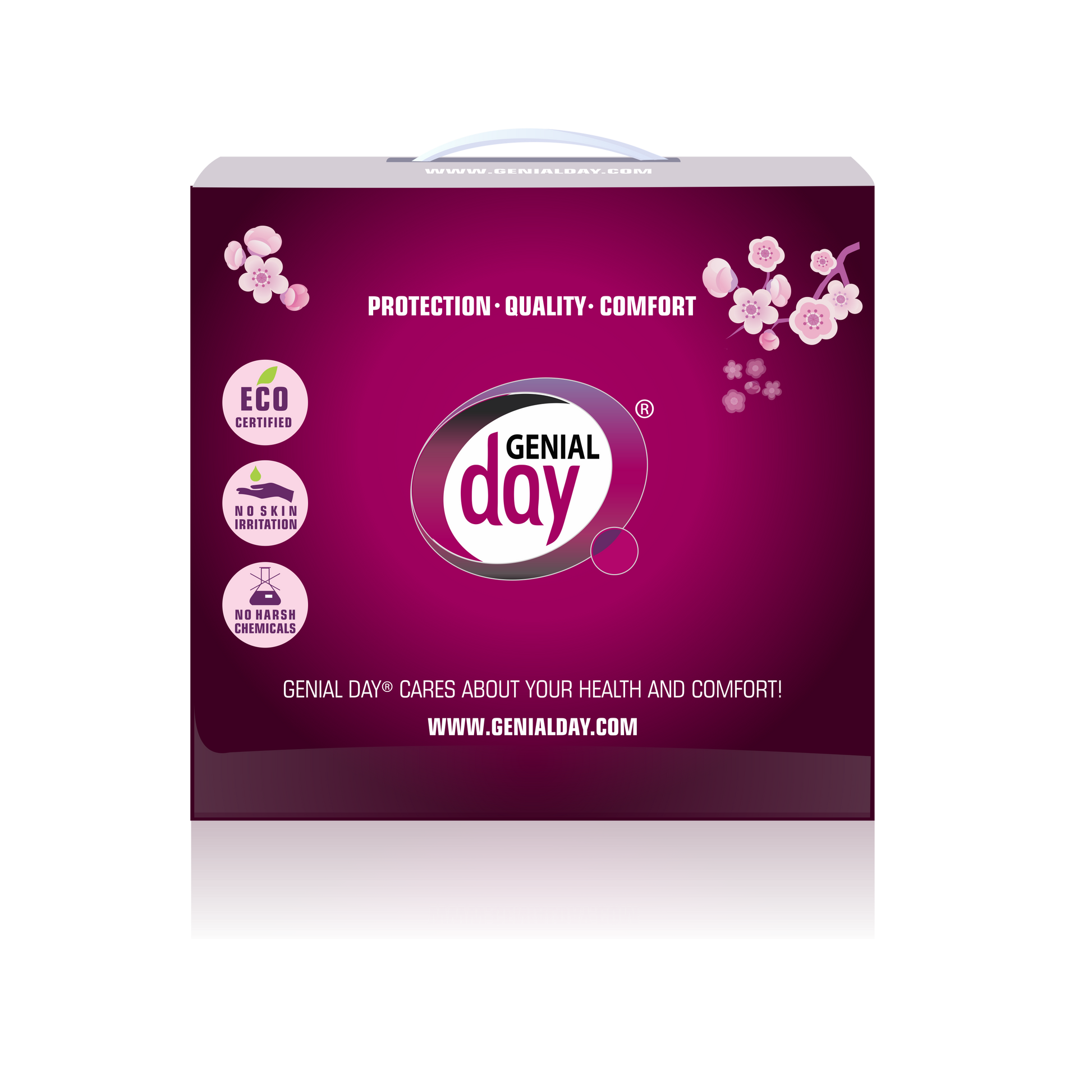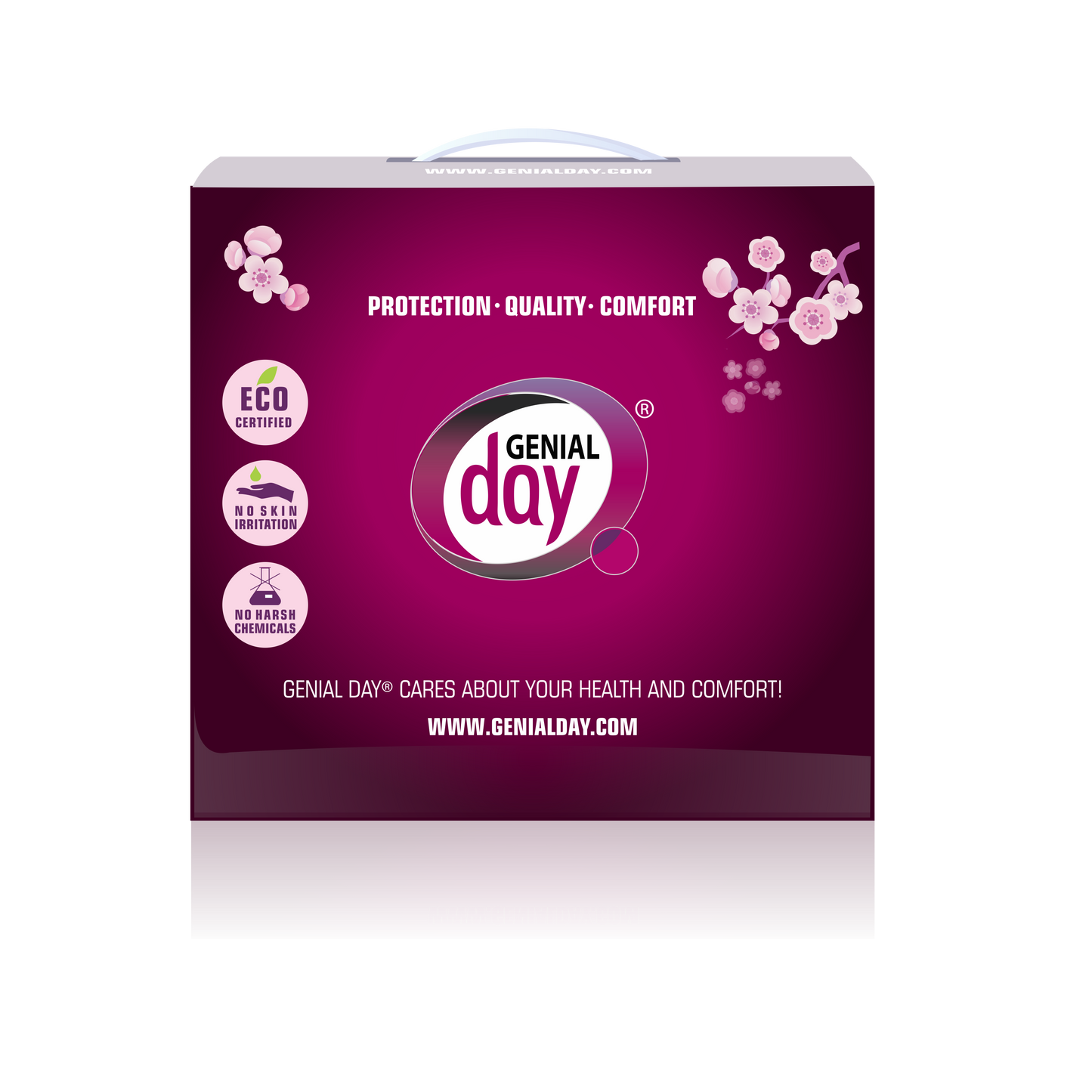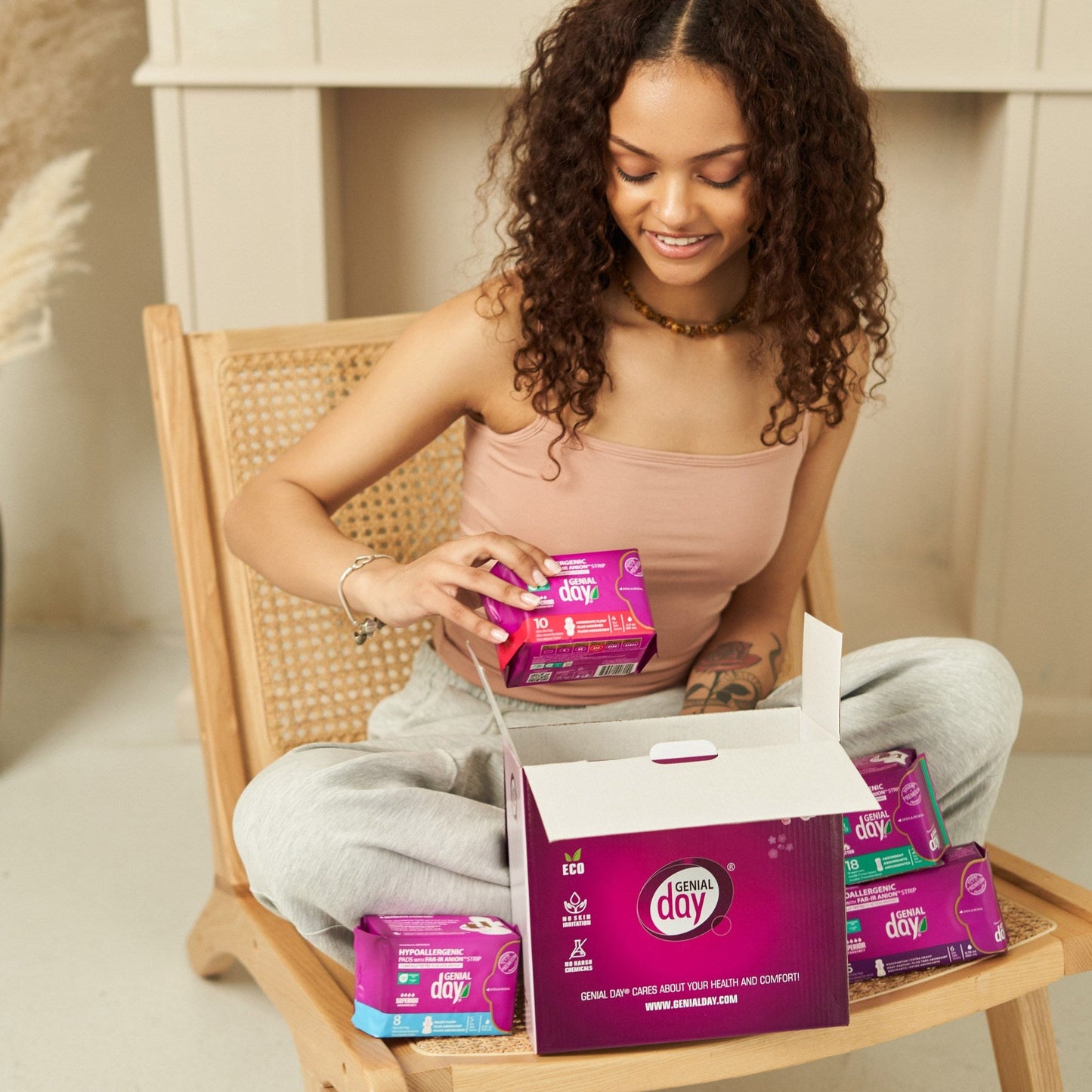Have you ever wondered how many babies in the United States are delivered by Cesarean section? In the recent ten years, the number of American women who have preferred to have a C-section over natural vaginal birth has grown significantly and still keeps growing with each year.
Doctors say this trend displays not a sign of slowing. For instance, in 2005, even 30 percent of all babies in the US were delivered this way, as the National Center for Health Statistics reported.
Today, as many as 1 in 3 deliveries is a C-section. What seems astonishing about it is that in many standard childbirth classes, you’ll not receive much of in-depth information about Cesarean delivery – including tips on the recovery of your body. If you’ve chosen to have a C-section, you’ll need to know this basic information to cope with the challenges your changing body may display afterward.
What You’ll Feel In the Nearest Days After
Commonly, the pain fastens 18 hours after delivery – as soon as the effect of the pain medication that you received with your spinal anesthesia goes away. After this happens, your doctors will give you an oral painkiller. Or you may have pain medication delivered through your intravenous line – this is called "patient-controlled analgesia". Presumably, by the time you leave the hospital for home, you’ll just need a non-prescription inflammatory painkiller such as Ibuprofen.
Gas pains can be torturing. Abdominal surgery causes your bowels to cease functioning temporarily. That’s why you may have excruciating pains in your belly where the gas is trapped. Within a week after the delivery, your bowels will be moving normally again, so the pains should be over completely. What really makes it easier is walking. You may also use anti-gas medication and stool softener.
You’ll feel cramps for a few weeks. It’s usual for the uterus to shrink to its normal size within six weeks after you’ve given birth – no matter if you did it vaginally or by a C-section. One of the most effective ways to ease the cramps is to have a heating pad or hot water bottle placed on your belly (except the incision!). You may also use Ibuprofen.
Healing requires some time. You’ll need about three days to have your incision healed. But you also have other tissues and nerve endings in your body that must recover, as the delivery inflames them. Their healing will take many months. The area around your incision may remain insensitive for at least six months. You should avoid doing any abdominal exercises for three months after the delivery.
Choose the Right Maxi Pad
One of the crucial things to mind is that you may experience some vaginal bleeding after Cesarean delivery. This is a very sensitive period for your uterus, which always requires extra care, as the infection is one of the primary complications of any surgery. You may be exposed to a risk of abdominal infection at the incision site, or the uterus. That’s why you should give extra attention to the pads you wear.
"I had to wear night pads daily for 2 months after my C-section”, says Brenda (32) from Oregon, "as the bleeding just wouldn’t stop. My doctor told me I couldn’t use tampons by any means. I was happy to wear my Genial Day pads on me all that time, as there wasn’t a day when I felt any discomfort down there. I was told my skin could swelter, turn red, or itch, but with these super-quality pads, I managed to avoid any of these."
That’s because the anion strip in our pads protects your skin against bacteria. The tourmaline we use in our strip, is known to detoxify the body and boosts tissue renewal – which is especially important for the postpartum period.
Attention! Do not use tampons or menstrual cup for a whole postpartum period which can last for a six weeks or even more after childbirth. You may use menstrual cup or tampons only once your regular period is back.
You can shower as usual after the C-section, but for at least 6 weeks after you’ve had it, avoid strenuous activities (cycling, jogging, weight lifting, aerobics, etc.) and lifting anything heavier than your baby. To support your belly and ease the pain of your incision, hold a pillow over it when you cough or take deep breaths. Tell your healthcare provider immediately if you have the following symptoms: fever higher than 100.4 Fahrenheit, severe pain in the abdomen, and redness or swelling at the incision site – these may be first signs of infection. Using high-quality sanitary products decreases the chance of getting it to the minimum.




